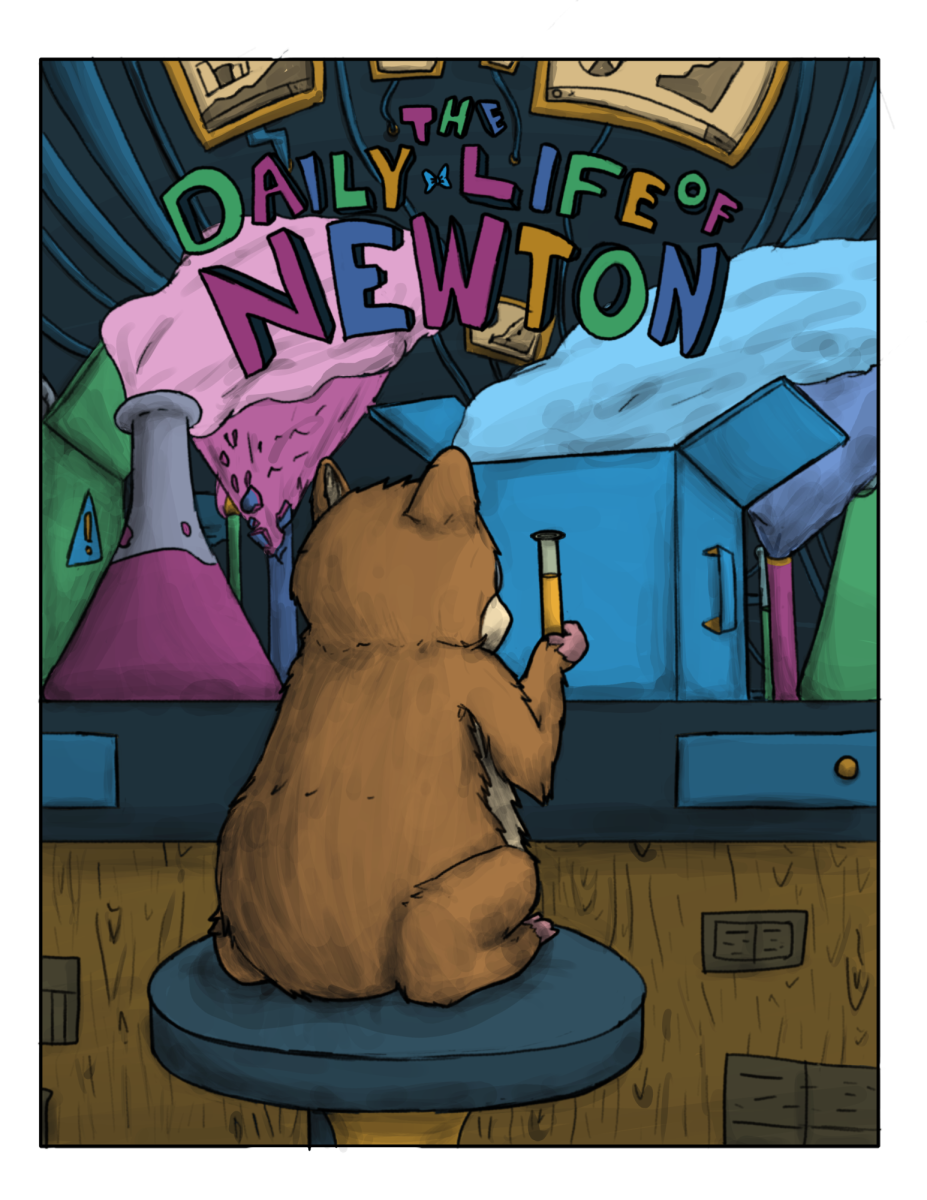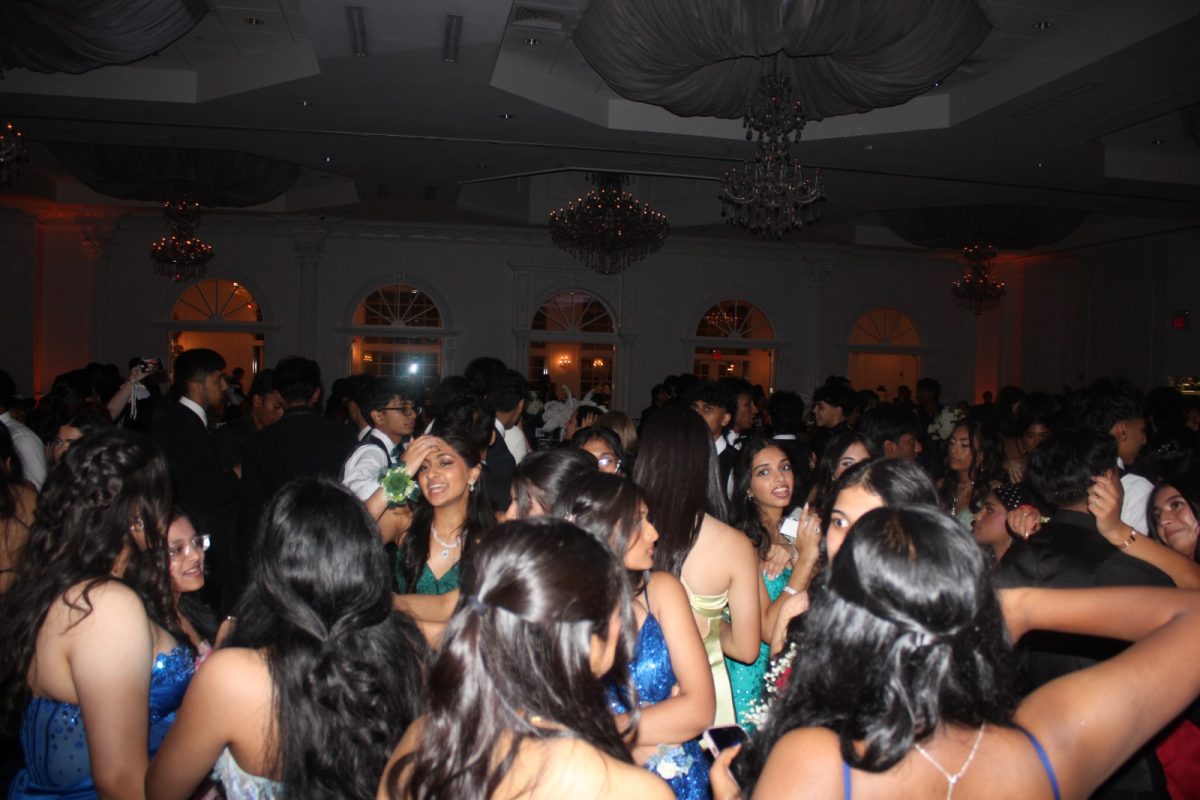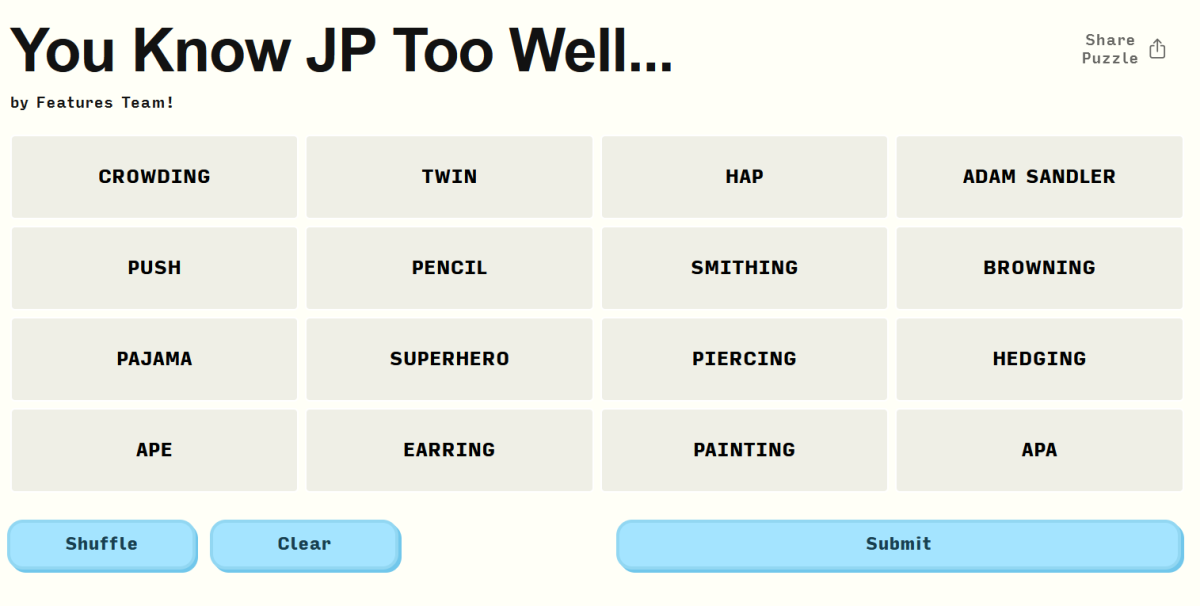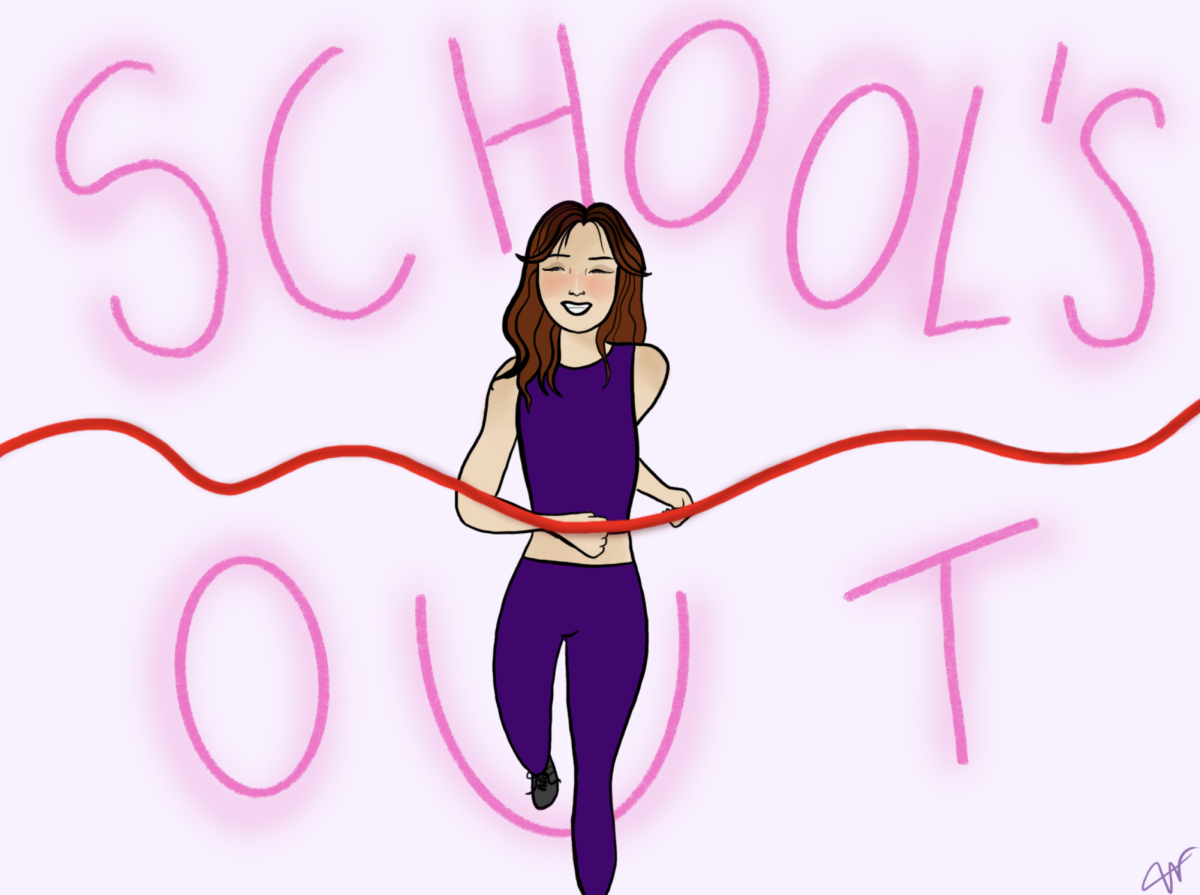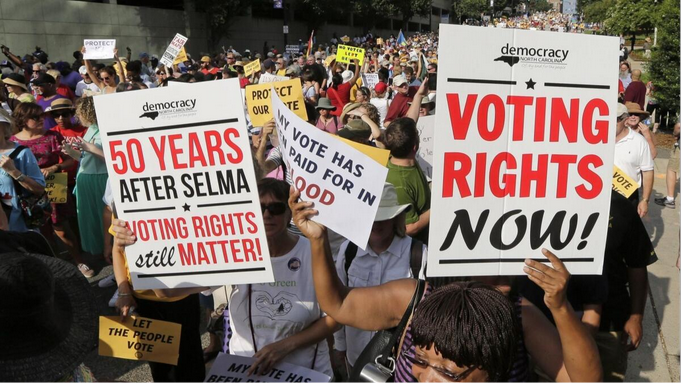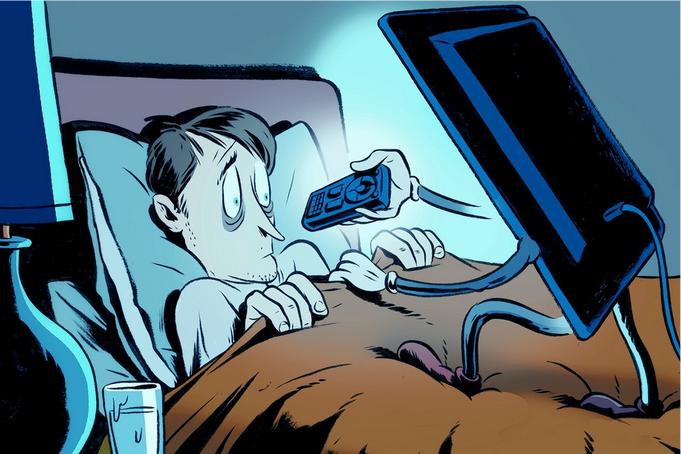The idea of tipping reached the United States from the Old World in the 19th century; however, instead of being a medium for rewarding hardworking employees, tipping in the United States initially “functioned as an immediate and racist solution for employers who did not want to pay recently freed black slaves” as per CBS News. In modern times, tipping is perhaps more prevalent than it used to be, namely because of emerging technology and social media. An individual today may be frowned upon for not giving a tip, almost making this act a rule, mainly because workers’ dependence on tipping has been publicized. Tipping can be equally stressful for workers, whose tips may be affected by factors out of their control, including race, gender, or even their appearance. Ultimately, these issues necessitate changing the social norm to ensure tips do not cause income inequality, customer and worker pressurization, and unreliable income.
Firstly, the randomness of tipping ranges causes income inequality at multiple levels, defeating the purpose of tips—rewarding hard-working individuals. This randomness is exemplified by the fact that the tipping rate “ranges from 6.2% to 51.1%”, as per the study titled “Large sample evidence on tipping rates in the restaurant industry: A comprehensive study” in the International Journal of Hospitality Management. The wide range of tips reflects the uncertainty for workers as each individual values their efforts differently. Coupled with the fact that waiters could get a minimum wage as low as $2.13 per the article “Who gets my Tip? Tips on Restaurant Tipping” by Drew Herrmann, the uncertainty is magnified for individual workers as the income could be unsustainable in the long run. In the same vein, tips may also be affected by intrinsic discrimination as people may base their tips on “demographic characteristics of the server (particularly race and gender)” as per the article “The Tipping Point: How Tipped Wages Harm Workers and Increase Inequalities” by Zia Saylor. This fact further proves that tipping is unfair and a fundamentally flawed practice. The number of tips a person receives should not be based on their luck or what customers they get but on how well they fulfill their duties.
Moreover, workers and customers are pressured about tips, making the experience awkward for both parties. Rather than being a voluntary choice, tipping has been perceived as an eyesore for customers. In fact, “roughly 61% of consumers said they feel pressured to tip”, as per an article from The Restaurant Dive by Julie Littman, showing that tipping is getting out of hand as pressures rise on both sides. This pressure is further proliferated by technology—whether it be social media or digital ordering systems—making consumers skeptical about tipping. A considerable emotional and financial toll is exerted on the workers, who may feel sad, angry, or frustrated for not getting enough or any tips altogether. Rather than fostering an environment of appreciation, tipping creates a hostile atmosphere. In a nutshell, these pressures accumulate as tipping burdens workers and customers in dire economic times.
Some may believe that stopping the institution of tipping would cause workers to be less motivated and slack off. However, there are many other solutions to reward hard-working individuals fairly and reliably. Whether it be higher wages for employees, fixed service charges, or non-monetary forms of appreciation—the act of tipping can be redrawn with an emphasis on the worker and the consumer. This concept is reflected in countries like Japan, where most employees are paid fair wages, and tipping can even be considered offensive as it implies that they do not get paid enough. Ultimately, this contrast shows that tipping is indeed a cultural and regional issue that has not been accustomed for the modern day.
Tipping has been a silent injustice for workers, creating undeserved inequities among workers and customers. Fundamentally, if a compliment has to be justified by money, it is not a gift but rather a formality. Tipping follows this logic as it has become a norm in today’s world, which causes judgment, confusion, and uncertainty. In a system convoluted centuries ago for exploitation, the ramifications of tipping prompt actions to increase fairness in the service industry. Knowing answers to questions such as “Who your tip will go to?” or “What is a good amount to tip?” is the first step for consumers to put their efforts into appreciating the workers who serve them.










